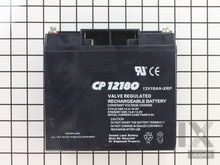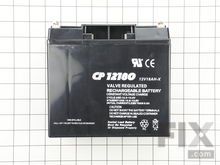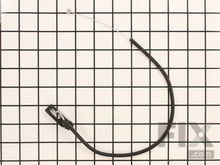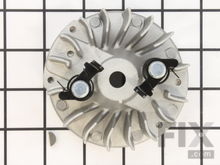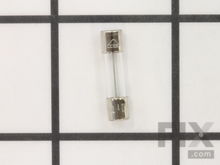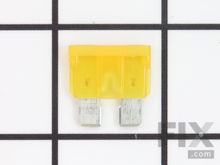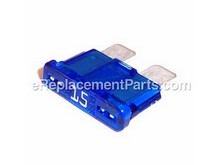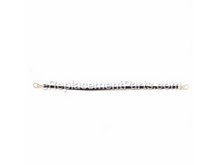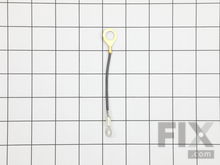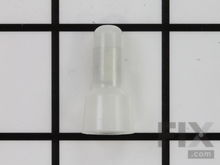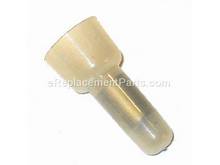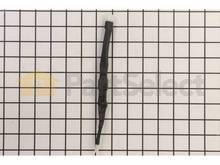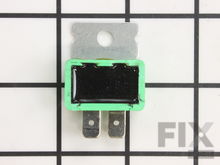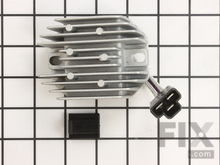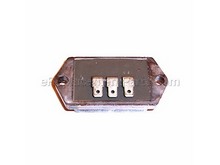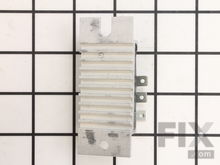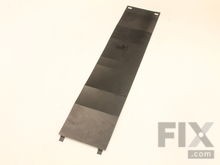How To Repair A Lawn Tractor Battery That Will Not Charge
- Rated as REALLY EASY
- 8 step by step videos
Battery
If your mowers electrical system is not working properly, you may have a bad battery. Mowers are equipped with a battery that charges as the engine runs. If the battery has gone bad, it may not recharge at all, or may lose its charge very quickly. If this is the case, the battery will likely need to be replaced. You can test the voltage a battery is outputting by using a multimeter. A battery outputting 11.5 volts or less is likely worn out to the point where it should be replaced altogether.
Engine
If your engines RPM is too low, the battery will not be able to charge sufficiently. The battery charges using magnets that are placed on the flywheel. When the engine is running and flywheel is spinning, the magnets create current that is sent to the battery to store. If the engine is not running fast enough, the battery will not receive sufficient current to charge. If you believe your engine is running at too low of a speed, you can adjust the engine speed by adjusting the governor or throttle cable. Try tightening the throttle cable first to allow more air into the engine when it is idling. If this adjustment does not give the desired result, adjust the governor to allow the engine to rev at a higher speed. Refer to your owners manual for more specific information on adjusting engine speed.
Fuse
Another reason why your battery may not be charging is if the fuse in the electrical system has blown. The location of the fuse will depend on the design of your mower. Refer to your owners manual for specific information on where to find the fuse and how to replace it if the fuse has blown. Fuses will wear over time and will likely require replacing at some point.
Battery Ground or Charge Lead
If your battery will not charge, it is a good idea to inspect its connections to ensure current can freely pass through them. If upon inspecting your battery you find that there is corrosion on the battery’s ground or charge lead, disconnect the wires and clean the connections as best as possible. This can be done using a wire brush. If the battery is severely corroded, try using a baking soda and water paste on the corrosion, leaving it to sit for a few minutes before wiping clean with a rag. Do not let any of the paste or water get into the battery cells, and make sure to rinse the connections thoroughly before replacing the wires. If either of these connections are loose, they should be tightened if possible. In many cases, it may be favorable to just replace the battery. If replacing, refer to your owners manual to ensure the replacement battery matches the requirements of your model.
Wires or Output Connector
If you notice any wires that are shorted, grounded or exposed between the output connector and your battery, this wiring will need to be repaired. These wires need to stay properly insulated to stop any moisture or debris from entering and interfering with their ability to conduct electrical current.
Diode
A diode is a device that acts as a gate, allowing electricity to only flow in one direction. The rectifier is made up of a series of diodes which together convert AC power from the charging coil to DC power used to charge the battery and run other electrical appliances on the mower such as the headlights. If your battery will not charge, a diode may have lost its connection or gone bad. You can test the health of a diode by testing with a multimeter. A diode can also be installed backwards, in which case it will not work properly. If you have removed or replaced a diode recently and are experiencing problems with your battery, double check to make sure the diode is installed correctly.
Regulator Rectifier or Ground
The regulator-rectifier converts AC power from the charging coil to DC power and regulates the current being sent to the battery and ensures that the current being sent is balanced, stopping it from surging. The regulator-rectifier also has a ground circuit that protects the battery from being overcharged or receiving too much power at once. If the ground becomes disconnected or the regulator-rectifier fails, the battery will not receive any power and will not charge. Signs that this component is failing will be similar to that of a bad battery, so it is recommended to use a multimeter to test the current between the various components of the tractors electrical system to identify where the issue is.
Alternator Magnet
Alternators can wear over time and lose their ability to generate current. The alternator works using a rotor with magnets attached to it spinning inside a stationary armature. The opposite polarizations of the magnets spinning inside of the armature create electrical current, which is then sent to the regulator-rectifier to be converted to DC power and sent with a consistent output to charge the battery. If the rotor becomes damaged or connections inside of the alternator fail, the alternators ability to generate current is compromised. The output of an alternator can be tested using a multimeter. A broken alternator can be replaced altogether, and in some cases repaired, depending on the issue.
More Repair Parts
Still not sure which part is broken? We can offer you custom troubleshooting help if you search with your model number.






